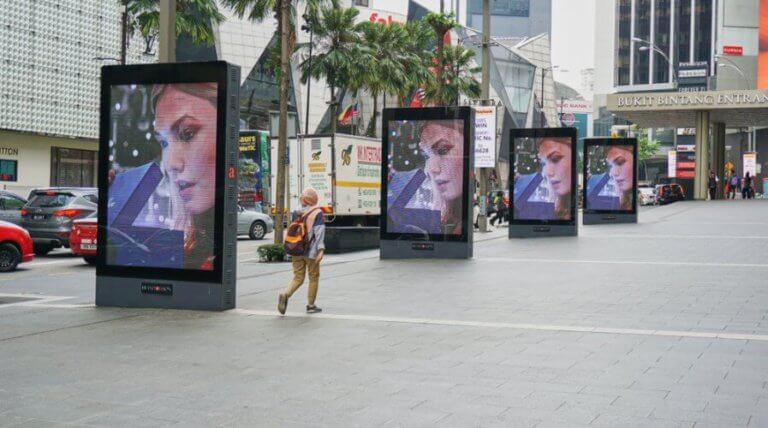
Since the beginning of the pandemic, travelling behaviours throughout Canada have drastically changed as health advisors continue to encourage everyone to stay inside their homes. Now that we’ve been dealing with COVID-19 for roughly eight months, we’ve seen restrictions ease in specific areas, meaning that people are leaving their homes more and going about their day in a safe and responsible way. Recently, the Canadian Out of Home Measurement Bureau (COMMB) conducted a review of traffic data to assess the changes in people’s travel behaviour since the pandemic began. This included the sourcing of mobile location data through 12,000 geo-fenced static and digital out-of-home (OOH) advertising faces.
The analysis of the data concluded that although Canadians are continuing to stay in their homes, we are seeing more movement now in the winter months than when the pandemic hit in late April. However, there has been a decrease in movement over the past couple of weeks, more than likely due to the weather getting colder and the direct effect of reinstated COVID-19 warnings in specific regions. COOMB conducted the same kind of study over the summer months in Canada and found that in July and August, Canadian travel behaviour was only 8% below pre-pandemic norms. That’s an increase of 22% since the week of May 18-24. Take into account that the summer months in Canada saw second and third phases of the pandemic, which meant plenty of outdoor activity and reopening of businesses. The head of marketing at COOMB, Lara Menzies, stated that “these findings are important to the industry and advertisers as travel behaviour activity and the opportunity to see ads is a measurement used in OOH.” Being able to access consumer’s travel behaviours is extremely important in order to be able to comprehend and act on these behaviours. Especially at a time when advertisers are having such a hard time figuring out how, where, and when to target the ever-changing behaviours of consumers.
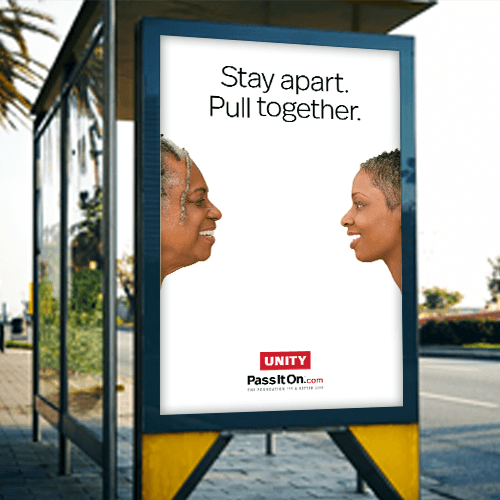
Sure enough, travel behaviours began to shift again during the winter months due to the reinstated lockdown precautions within specific provinces. The more recent traffic data review that COOMB conducted showed that as of November 1st, a number of major Canadian cities have seen a significant decline in consumer movements. Ottawa has seen a 20% decrease, Toronto and Montreal a 19% decrease, Vancouver and Edmonton a 15% decrease, and Calgary a 14% decrease. These numbers also reflect the government-identified red zones, which make up the most populated regions and also the regions with the most COVID-19 cases. However, despite the downturn of travel patterns over the past few weeks, these numbers are still higher than what we saw at the beginning of the pandemic. This means that people are still willing to move about despite the tightened restrictions, especially as holiday shopping begins.
All of these statistics highlight the importance of mobile location data and geo-fenced digital OOH advertising in understanding and responding to changing consumer behaviour. Don’t get me wrong, drastic changes in consumer habits have always been top-of-mind (and will continue to be) for advertisers. However, their habits have never changed quite this intensely and definitely not because of worldwide safety mandates. These statistics have assisted numerous companies and advertisers to recognize how, when, and where they should be advertising during these ever-changing times – at an extremely fast rate, no less.
Let’s talk geotargeting
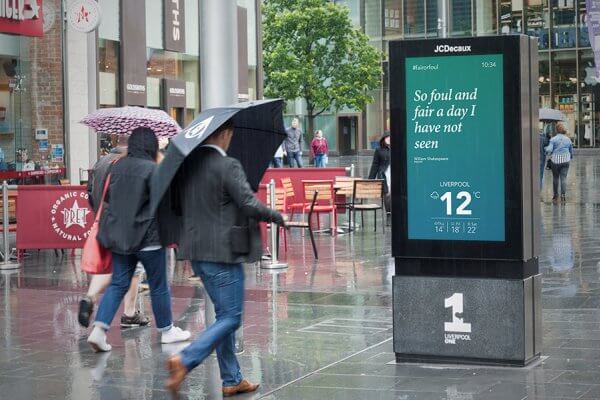
As discussed, the process of geo targeting has been extremely useful for tracking consumer travel behaviours. So how does it work? First, a layer of intelligence is created that allows specific actions to be taken based on a geographical area using geofencing technology. This specific area is determined by using a virtual fence through technology such as digital signage content. This allows advertisers to reach their targeted audience at the optimal moment, with a perfect message. For a more in-depth analysis of geotargeting check out this link – where Graham discusses the geofencing software that includes audience segmentation, geo-conquesting, geo-farming, and attribution statistics.
Based on the statistics provided by COMMB, the use of geotargeting seems to be the most effective way to reach consumers, as the constant change in travel behaviours means that when, where, and how to target consumers is rapidly evolving as well.
Using Geotargeting with OOH advertising
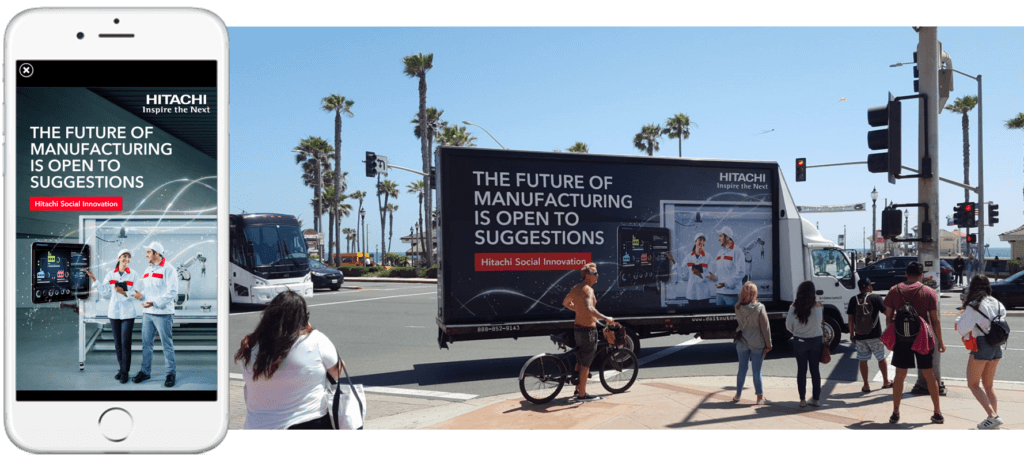
What’s become increasingly popular is the use of geofence tracking on top of taxis and Ubers and on trucks, buses, and subways. By tracking the advertisements GPS location and having them move within geofenced locations, it becomes extremely easy to target the ideal consumer at the perfect place and time. Mobile advertising in general is a particularly easy way to use geofencing to target an audience. For example, Movia’s mobile beacon technology was used recently in their campaign with Bloomscape, an online plant delivery service. Three trucks with Bloomscape ads on the side were driven around Austin, Texas delivering plants and also using the beacon technology to target key suburban neighbourhoods. This campaign led to 800,000 online impressions, created outdoor awareness, and reached consumers in a smarter and more targeted way.
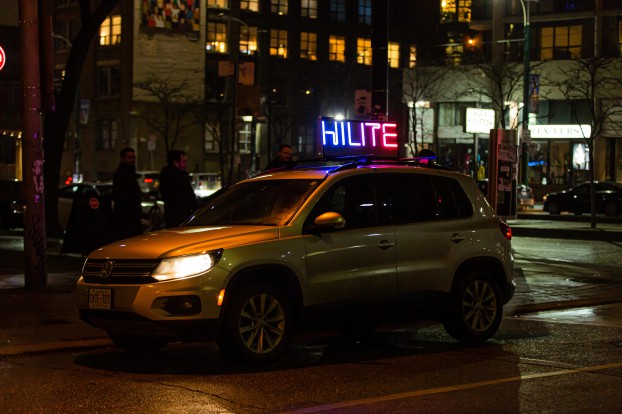
Geotargeting using digital displays is particularly effective at creating timely content for a specific audience. For example, a geofence could be set up around a specific restaurant and when an Uber with a geo targeted screen drives within the geofenced area, the screen displays an ad campaign for the restaurant, persuading passersby to visit. It’s a fantastic way to target consumers as specifically as possible, at a time when they are most willing to make purchasing decisions. This past summer, Hilite Outdoor, a new OOH network that specializes in digital car-top placements, launched its company this summer in Toronto. Hilite created LED displays that were placed on top of Uber, Lyft, Doordash, and Skipthedishes vehicles. The vehicles included technologically advanced targeting capabilities so that the ads would be able to serve specific demographics, precise geographic locations, time of day, and weather conditions. The measurement tools associated with the launch also provided advertisers with tracking digital website conversions, brand lift studies, and footfall traffic attribution. Hilite’s launch is an extremely new and advanced kind of technologically controlled way of advertising. If all goes well and the targeting is effective, the launch will move into Montreal next summer. The aim of geotargeting is to provide viewers with personalized and desirable content. When done right, it can be the ultimate companion to DOOH advertising.
PATTISON Outdoor Advertising, Canada’s largest OOH advertising provider, created a very similar location traffic data review over the same amount of time as the COMMB report. PATTISON’s review showed very similar statistics to COMMB’s and also had a very similar message to share based on their findings. PATTISON stated that, “the observations illustrate that Out-of-Home displays provide population reach and contextual relevance with their close proximity to essential services.” More than ever before, DOOH is helping advertisers reach consumers where they need it most.
Let’s take a look at some unbelievable DOOH and geo-targeted advertisements that have come out of the pandemic, since travel behaviours have shifted so drastically.
Skoda’s DOOH campaign
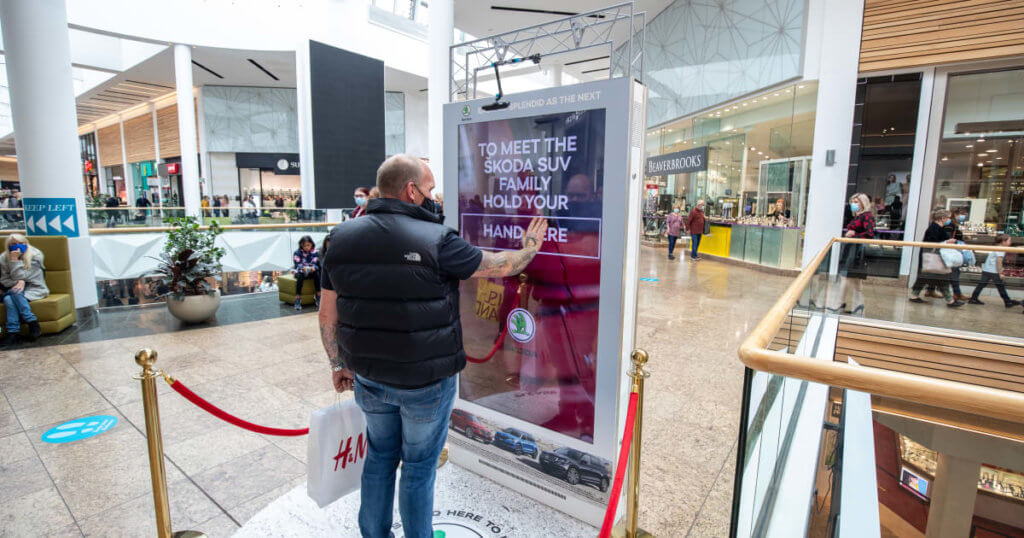
When UK consumers were allowed to return to shopping malls this past summer, with new safety precautions in place, Skoda decided to launch a DOOH campaign to promote its new SUVs. The Czech automobile manufacturer set up digital screens in a number of UK shopping malls that were touchless, which allowed consumers to interact with the screen simply by signalling with their hands. By gesturing, consumers were able to explore the new vehicle options and even book a test drive right in that moment. Skoda’s campaign was extremely successful in increasing interaction and engagement with the brand and established quite the connection with consumers by thoughtfully adding the touchless feature.
TV Land’s promotional geofencing campaign
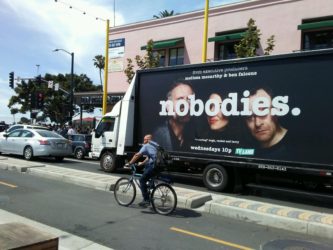
A while back TV Land wanted to promote the premier of their show called Nobodies. They selected prominent areas around LA to target and implemented three mobile billboards in those areas. At the same time, geofencing technology was deployed in these areas to target consumers who passed by the trucks and provide them with a notification on their phone about the upcoming premier. The campaign out-performed industry standards by 293% and targeted consumers in the most effective way possible, while they were on the road, walking, and in their homes.
Do It Outdoors and their multi-channel approach
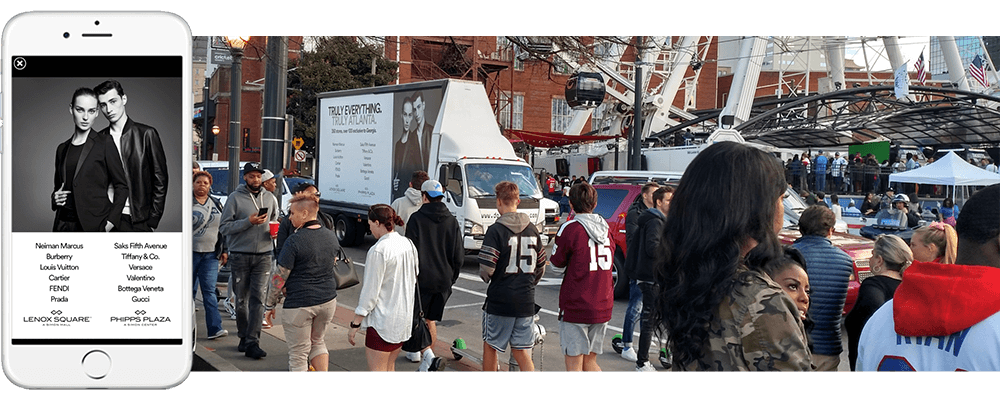
Just last year during the Superbowl, Do It Outdoors Media, one of the largest mobile billboard companies, created an integrated OOH and mobile display campaign for Simon Malls, an up-and-coming mall in Atlanta. Do It Outdoors issued mobile billboards the same day as the Superbowl, driving everywhere the crowds were, including: Centennial Olympic Park’s festival, the stadium, hotels, restaurants, and competitor malls. These mobile billboards also included geofencing technologies that targeted consumers’ mobile devices. The results were insane as the mobile display ad reached 365,455 impressions.
To conclude
Thanks to COMMB and DOOH advertising, we are able to unravel and analyze the significant shifts in consumer movement patterns over this entire unprecedented year. As these patterns have changed, so too have advertising schemes and outlooks. For brands and companies, geo targeted advertising, especially those that are hyperlocal, have been an enormous help in both retrieving consumer data and effectively advertising to consumers. Digital OOH advertising continues to be a major driving force in the Out-of-Home advertising industry with its ability to target consumers precisely where and when they need to be targeted. With extended uncertainty ahead, it will become more and more common to see these kinds of advertising motives being used because of their unique ability to anticipate consumer behaviours. It would be beneficial for any company or advertiser to invest in these kinds of advertising tactics now, in order to be prepared for whatever may lie ahead.


